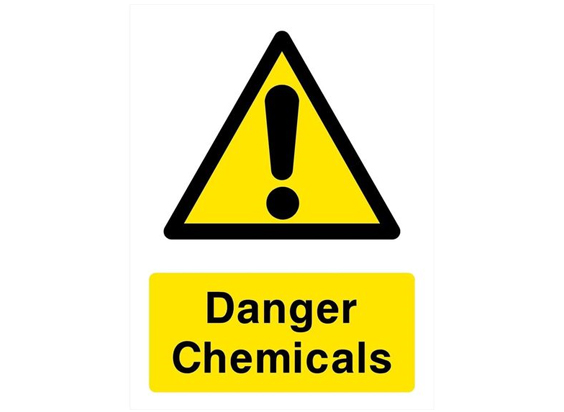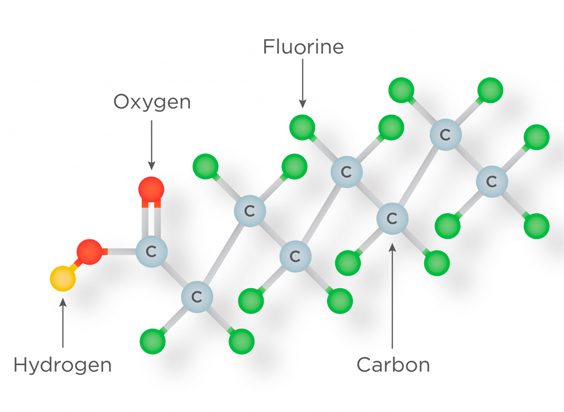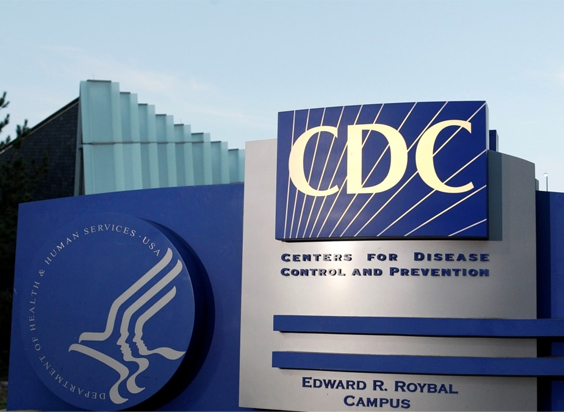Dangerous chemicals found in food wrappers at major fast-food restaurants and grocery chains, report says.
Alarming levels of dangerous chemicals known as PFAS were discovered in food packaging at a number of well-known fast-food and fast-casual restaurants and grocery store chains, a new report found.
The highest levels of indicators for PFAS were found in food packaging from Nathan’s Famous, Cava, Arby’s, Burger King, Chick-fil-A, Stop & Shop and Sweetgreen, according to an investigation released Thursday by Consumer Reports.

Often called “forever chemicals” because they do not break down in the environment, PFAS are used in food packaging to prevent grease and water from soaking through food wrappers and beverage cups. PFAS can also be found in the ink used to print logos and instructions on food containers.
The new report comes more than two years into the Covid-19 pandemic, when the public has relied heavily on takeout and grocery deliveries.
The US Centers for Disease Control and Prevention calls exposure to PFAS (per- and polyfluoroalkyl substances) a “public health concern,” citing studies that found the human-made chemicals can harm the immune system and reduce a person’s resistance to infectious diseases.

“There is evidence from human and animal studies that PFAS exposure may reduce antibody responses to vaccines,” stated the CDC and the Agency for Toxic Substances and Disease Registry. “More research is needed to understand how PFAS exposure may affect illness from COVID-19.”

Health impact of PFAS
Thank you for reading this post, don't forget to subscribe!
PFAS chemicals are in many products: nonstick cookware, infection-resistant surgical gowns and drapes, cell phones, semiconductors, commercial aircraft and low-emission vehicles. The chemicals also are used to make carpeting, clothing, and furniture resistant to stains, water and grease damage.
In use since the 1950s, PFAS are chemicals most Americans have “in their blood,” especially perfluorooctane sulfonic acid (PFOS) and perfluorooctanoic acid (PFOA),” according to the Agency for Toxic Substances and Disease Registry, which is charged with protecting the public from hazardous substances.
In the Consumer Reports investigation, the most common chemical found in the food packaging that was tested was PFOA, with PFOS coming in fifth, according to the report.
In addition to impacts on the immune system, the Agency for Toxic Substances and Disease Registry said studies in humans and lab animals have found links between certain PFAS chemicals and an increase in cholesterol levels, alterations in liver enzymes, a higher risk of developing kidney or testicular cancer, small reductions in infant birth weights and an additional risk of high blood pressure in pregnant women.
“PFAS have also caused birth defects, delayed development, and newborn deaths in lab animals,” the agency stated, while adding “not all effects observed in animals may occur in humans.”
As environmental groups and the public began to take notice of the health impacts of the chemicals, manufacturers started to voluntarily phase out the use of PFOS and PFOA in the US. Between 1999 and 2014, blood levels of PFOS in Americans had declined by more than 80% and blood levels of PFOA had declined by more than 60%, the Agency for Toxic Substances and Disease Registry stated.

However, “as PFOS and PFOA are phased out and replaced, people may be exposed to other PFAS,” the agency continued. Newer versions of PFAS in food packaging appear to be absorbed by food more readily than the older versions,according to a 2016 study.
Studies in Denmark have shown that PFAS do “migrate from the paper into the food,” Trier said. “Even though it was not 100%, we still saw substantial transmission. In general, transmission from packaging to food is increased as the temperature of the food rises and the time spent in wrapping materials increases.”

source : edition.cnn.com


